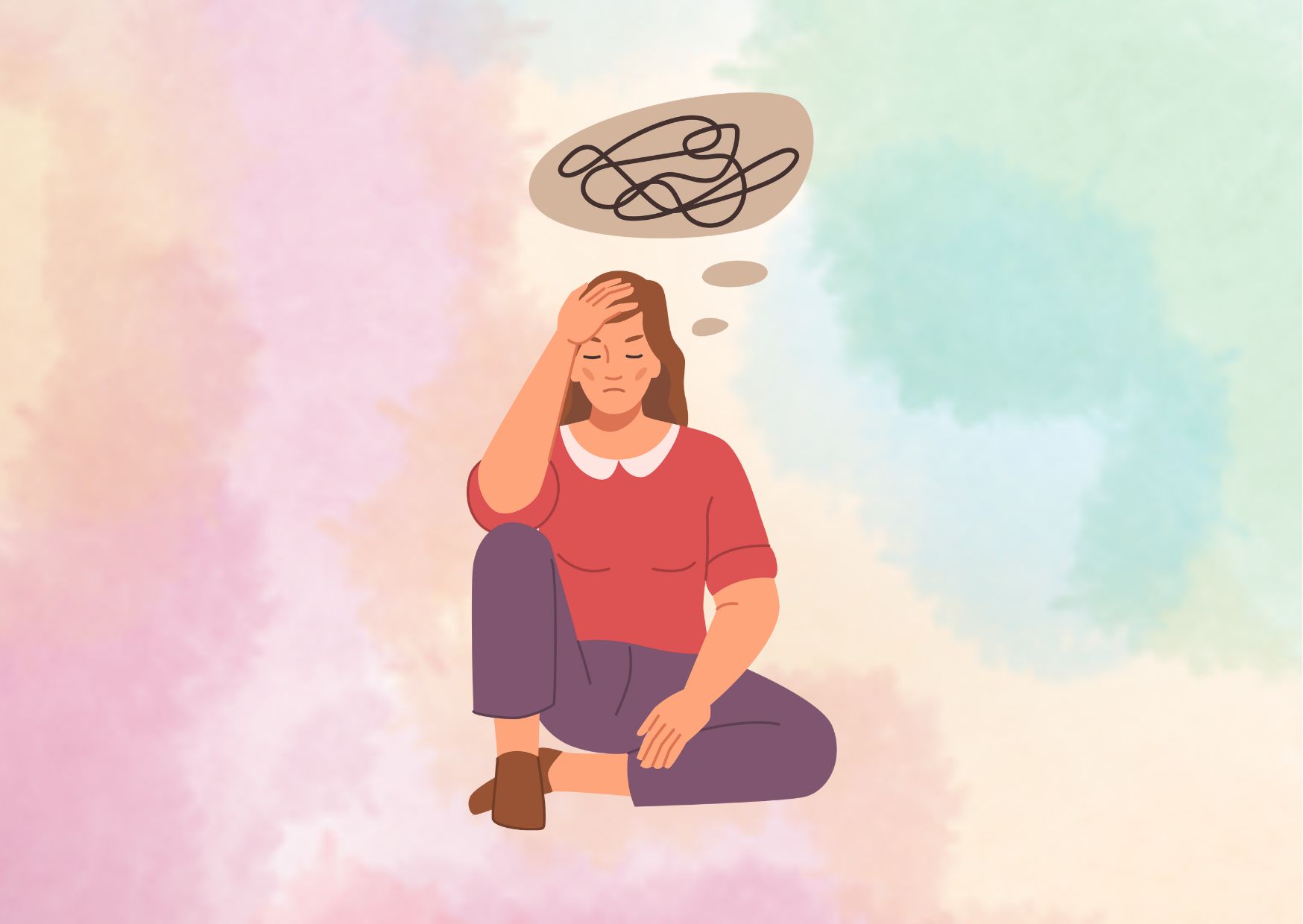Anxious Attachment Style in Relationships
Do you constantly worry about your partner’s feelings, seek frequent reassurance, or feel overwhelming anxiety when they don’t respond to messages right away? These behaviors often signal an anxious attachment style, affecting how you experience and navigate intimate relationships.
An anxious attachment style shapes your emotional responses, communication patterns, and overall relationship dynamics. While these patterns can feel overwhelming and sometimes impossible to change, understanding and managing your attachment style is both possible and transformative for your relationships.
This comprehensive guide walks you through practical strategies to navigate an anxious attachment style, from identifying your specific triggers to building stronger relationship security. You’ll learn effective communication techniques, self-regulation skills, and ways to create lasting relationship stability.
Understanding Your Anxious Attachment Triggers
Understanding what triggers your attachment anxiety is the first crucial step toward building healthier relationships. Like a sensitive alarm system, your anxious attachment style can activate at specific moments, creating intense emotional responses that might feel overwhelming.
Common relationship situations that activate anxiety
Your attachment system is particularly sensitive to certain relationship dynamics. Common triggers include:
- Sudden changes in communication patterns (delayed responses, fewer messages)
- Emotional or physical distance from your partner
- Perceived threats to your relationship bond
- Changes in usual affection or attention levels
- Inconsistent behavior from your partner
These triggers often stem from early life experiences where care and attention were inconsistent, creating a heightened sensitivity to any signs of potential abandonment or rejection.
Identifying your personal trigger patterns
Understanding your unique trigger patterns requires careful self-observation. Pay attention to moments when you feel a surge of relationship anxiety. What specific situation preceded these feelings? Your triggers might be subtler than you realize – perhaps it’s not just unanswered texts, but the specific timing or context that sets off your anxiety.
Your emotional response pattern typically follows a predictable sequence: first, you notice a trigger situation, then experience emotional activation (anxiety, fear, or panic), followed by behavioral responses like seeking reassurance or becoming clingy.
Creating a trigger response plan
Developing a structured response plan helps you navigate triggering situations more effectively. Start by acknowledging when your attachment system is activated – this awareness alone can help reduce reactive behaviors.
When you feel triggered, pause and ask yourself:
- Is this a real threat to my relationship, or is my attachment system overreacting?
- What past experiences might be influencing my current reaction?
- What would a balanced response look like in this situation?
Remember that your triggers aren’t character flaws – they’re protective mechanisms that developed for a reason. By understanding them better, you can begin to respond rather than react, creating more security in your relationships.
Daily Communication Strategies That Work
Effective communication forms the foundation of secure relationships, especially when navigating an anxious attachment style. The right communication strategies can help create the consistency and clarity you need while strengthening your connection with your partner.
Express needs without triggering defensiveness
The key to expressing needs lies in using “I” statements rather than accusatory language. Start by owning your emotions and clearly stating what you need without blame. For example, instead of saying “You never text me back,” try “I feel worried when I don’t hear from you, and I would appreciate a quick message when you’re busy.”
Creating a safe space for open dialog means acknowledging that both partners have valid needs and emotions. When expressing yourself, focus on the present situation rather than generalizing with words like “always” or “never.”
Scripts for difficult conversations
Having ready-to-use scripts can help you navigate challenging moments with confidence. Here are effective phrases for different situations:
- “I’m feeling anxious about our connection, and I’d appreciate some reassurance”
- “When you’re free, I’d love to talk about something that’s been on my mind”
- “I care about our relationship and want to understand your perspective better”
- “I notice I’m feeling triggered, and I need a moment to ground myself”
Setting healthy boundaries together
Establishing boundaries isn’t about creating distance—it’s about fostering mutual respect and understanding. Start with small, manageable boundaries and communicate them clearly with your partner. For example, agree on communication expectations during work hours or establish regular check-in times.

